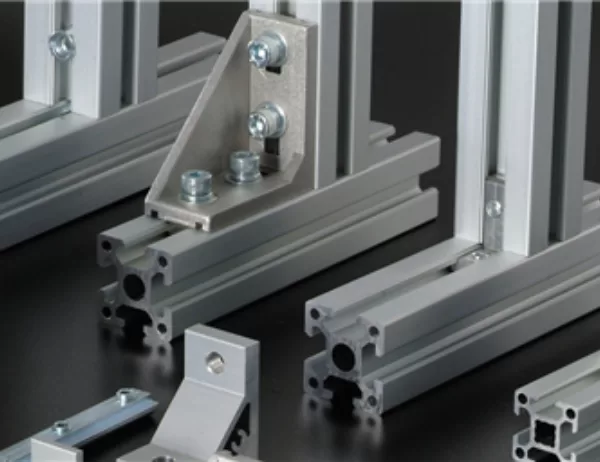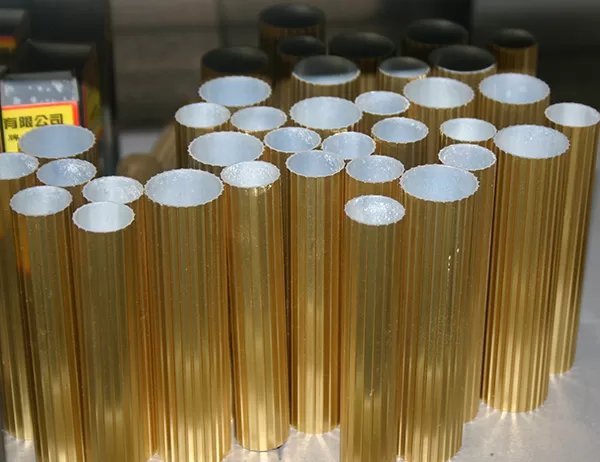In the automotive industry, the use of aluminum extrusions has become increasingly prevalent due to their lightweight, strength, and design flexibility. To ensure the reliability and performance of these critical components, rigorous testing and quality assurance (QA) practices are essential. This article explores the importance of testing and QA for automotive aluminum extrusions, highlighting the benefits and outlining the specific tests and inspections that are performed.
Mechanical Testing
Mechanical testing evaluates the strength, deformation, and failure characteristics of aluminum extrusions. Tensile testing measures the material’s yield strength, ultimate tensile strength, and elongation, while compression testing determines its compressive strength. Fracture toughness testing is used to assess the material’s resistance to cracks, and fatigue testing simulates cyclic loading to evaluate durability.
Dimensional Inspection
Dimensional inspection ensures that the extrusions meet the specified shape, size, and tolerances. Coordinate measuring machines (CMMs) and optical comparators are used to measure dimensions with high precision, verifying compliance with design requirements and ensuring proper fit and function in the final assembly.
Non-Destructive Testing
Non-destructive testing (NDT) methods evaluate the internal structure and integrity of extrusions without damaging them. Ultrasonic testing uses sound waves to detect internal defects such as porosity, cracks, and inclusions. Radiographic testing employs X-rays or gamma rays to reveal these defects in a more detailed manner. Magnetic particle testing is utilized to identify surface cracks, while eddy current testing can detect subsurface flaws.
Surface Inspection
Surface inspection focuses on the external appearance and finish of the extrusions. Visual inspection is performed to identify surface imperfections, scratches, and dents. Microscopic examination may be used to analyze surface characteristics and evaluate the effectiveness of coatings or treatments applied to the extrusions.
Chemical Analysis
Chemical analysis determines the composition of the aluminum alloy used in the extrusions. This ensures that the material meets the specified chemical specifications, which directly influence its mechanical properties and corrosion resistance. Spectroscopic techniques such as optical emission spectrometry (OES) and X-ray fluorescence (XRF) are commonly employed for chemical analysis.
Benefits of Testing and QA
The benefits of rigorous testing and QA practices are numerous for the automotive industry:
– Improved Safety: Testing ensures that aluminum extrusions meet the required strength and durability standards, enhancing vehicle safety and reducing the risk of accidents.
– Enhanced Performance: QA ensures that extrusions perform as intended, meeting the design specifications and contributing to optimal vehicle performance.
– Increased Reliability: Testing and QA identify and eliminate potential defects, improving reliability and reducing warranty claims.
– Reduced Costs: Defect detection and prevention through testing and QA practices ultimately lead to lower manufacturing costs and reduced warranty expenses.
– Customer Satisfaction: High-quality aluminum extrusions foster customer satisfaction by ensuring that vehicles meet expectations for performance and durability.
Importance of Collaboration
Effective testing and QA for automotive aluminum extrusions require collaboration between multiple stakeholders, including material suppliers, extrusion manufacturers, and automotive OEMs. Open communication and a shared commitment to quality are essential to ensure that extrusions meet the required specifications and contribute to the overall success of the vehicle.




